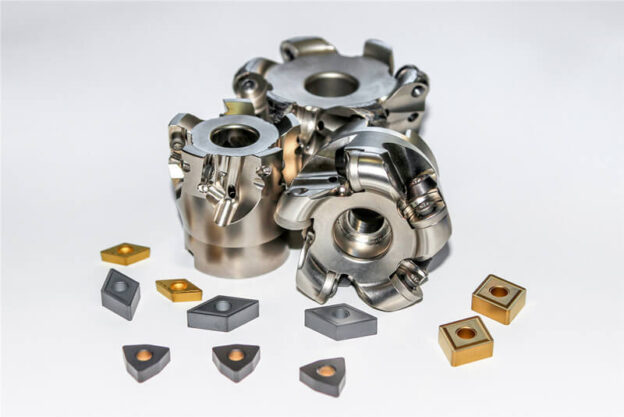Technical Elements Of Brazing Carbide To Steel
The brazing carbide to steel is currently the widely accepted technology for the joining cutter tools body and tips. But if done wrongly, it can result in poor joints, hence the frequent breaking of the cutter tools such as drilling bits, mulching teeth, milling bits, etc.
To ensure the quality of brazing carbide to steel, you have some technical elements you must get right. In this guide, we are going to look at some of the crucial elements. If you are learning about brazing carbide to steel for the first time, here are some of the things that you need to put into consideration. Check out the following:
Thermal Expansion
One of the technical element of brazing carbide to steel is the coefficient of thermal expansion (CTE). It is one of the measures you need to get right to ensure quality joints. This factor is the extent that a material can expand upon heating. Considering that you will be heating two different metals, carbide and steel, the level of expansion upon heating is very crucial. The importance of thermal expansion is to deal with residual stress, which can affect the firmness of the joint.
Type of Braze Joint
The other important thing to consider is the braze joint. There are various types of brazing joints, depending on the properties needed in certain conditions. The joint clearing is one element that determines the type of joint to be made and depends on the forming method used. For the typical brazing process that uses flux, the best joint clearance should be 0.05-0.13mm. But for the furnace application that does not use flux, the clearance is around 0.00 – 0.05mm.
Carbide Composition
It is important to note that many other factors, including the composition, determine the carbide material’s quality. Carbide cannot be used alone and be expected to produce the hardness and strength needed. The material is combined with cobalt to make it stronger and harder. However, the amount of cobalt in carbide can affect its wettability, and this might compromise the joint’s quality. For the best carbide composition, the cobalt content should be above 25%.
Filler Metal
The other technical element to check the choice of filler metal in brazing carbide to steel. This is one of the components that greatly determines the quality of the joint. The filler material’s main use is to get rid of the air and vacuum in the joint. There are recommend filler materials depending on the desired properties.
